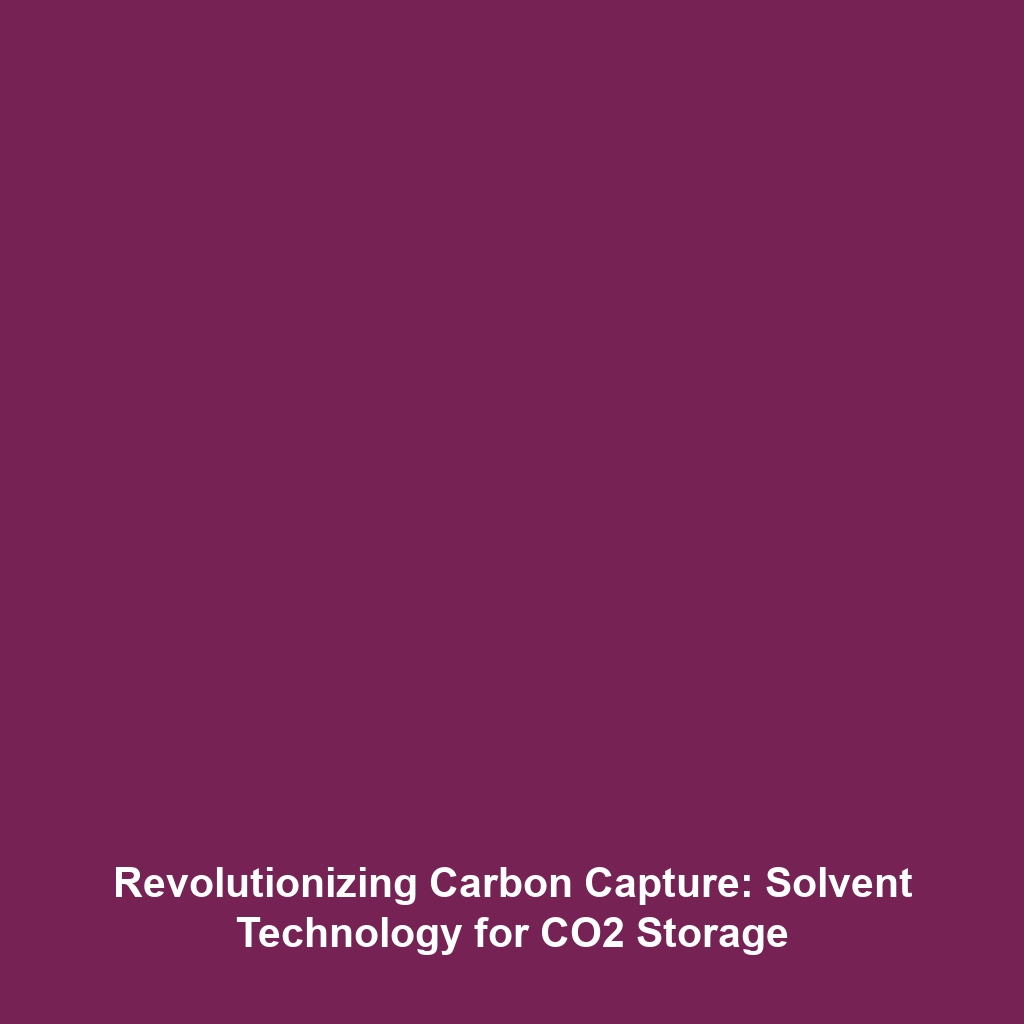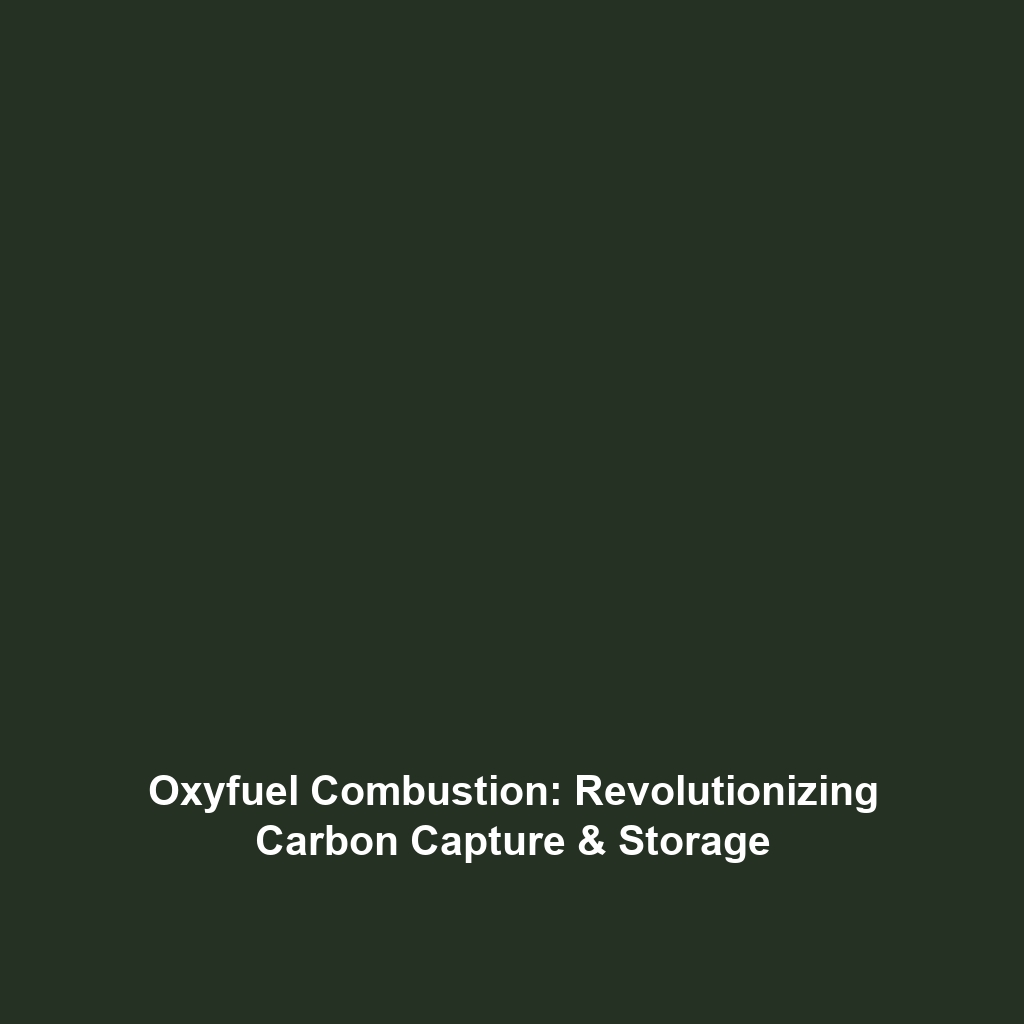The Fusion Process: A Key Element in Fusion Energy
The Fusion Process is a transformative scientific phenomenon that holds great potential for the future of energy production. This process, which powers the stars, including our sun, involves the merging of light atomic nuclei to form heavier nuclei, releasing immense energy. As the world seeks sustainable and clean energy sources, understanding the fusion process becomes crucial in the broader context of Fusion Energy. This article delves into the fundamentals of the fusion process, its applications, challenges, and future prospects.
Key Concepts of The Fusion Process
The Fusion Process is grounded in several fundamental principles that define its operation:
- Nuclear Fusion: The core principle where two light atomic nuclei combine to form a heavier nucleus, releasing energy due to the reduction in mass.
- Conditions for Fusion: High temperatures (millions of degrees) and pressures are required to overcome the electrostatic forces between positively charged nuclei.
- Types of Fusion: The most well-known fusion reactions include deuterium-tritium (D-T) fusion which is currently the focus of many research initiatives.
Applications and Real-World Uses
The applications of The Fusion Process within the realm of Fusion Energy are both promising and diverse. Notable uses include:
- Energy Generation: Harnessing fusion reactions can lead to virtually limitless energy with minimal environmental impact compared to fossil fuels.
- Medical Isotopes Production: Fusion technology can provide a consistent supply of isotopes essential for medical imaging and treatments.
- Space Propulsion: Concepts like fusion propulsion are being studied for deep-space exploration, potentially enabling faster travel to distant planets.
Current Challenges of The Fusion Process
Despite its great promise, the implementation of The Fusion Process faces several challenges:
- Technological Complexity: Developing stable and efficient methods for sustaining fusion reactions in a controlled environment is technologically demanding.
- Cost: The financial investment required for research and development of fusion technologies is significantly high.
- Material Limitations: The fusion process generates extreme conditions that can degrade materials used in reactors.
Future Research and Innovations
Innovations in The Fusion Process are multi-faceted and aim to address existing challenges while enhancing the efficiency of energy generation. Key areas of future research include:
- Magnetic Confinement Fusion: Advances in tokamak and stellarator designs are being explored to create more stable fusion reactions.
- Inertial Confinement Fusion: Techniques such as laser-driven fusion are being developed to achieve high energy yields.
- Public-Private Partnerships: Increasing collaborations between governmental bodies, private sector firms, and academic institutions aim to accelerate fusion research.
Conclusion
Understanding The Fusion Process is essential for leveraging its potential in Fusion Energy. With ongoing research, innovative technologies, and strategic collaborations, the dream of sustainable and abundant fusion energy can become a reality. For more information on related topics, check out our articles on nuclear physics and renewable energy solutions.








